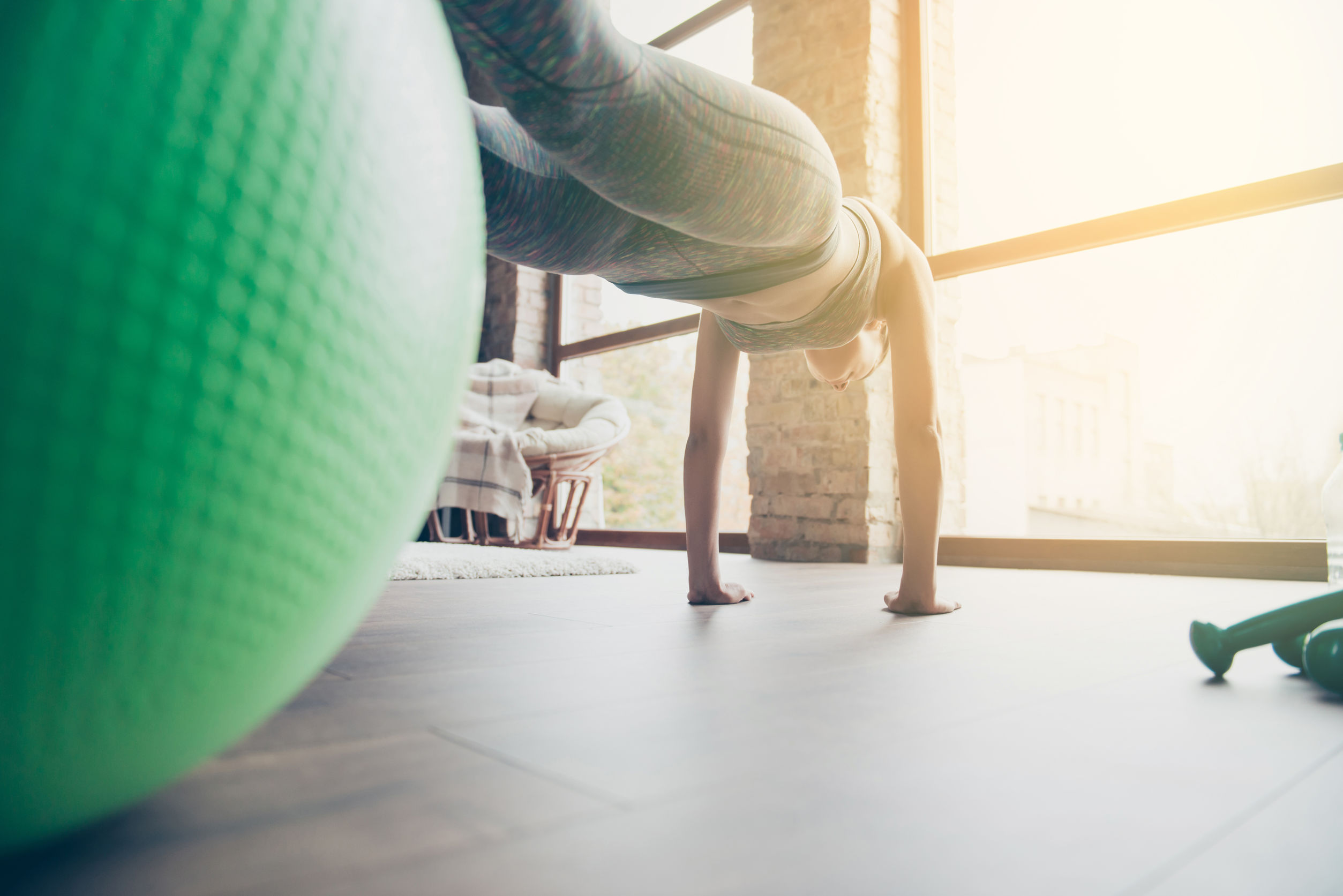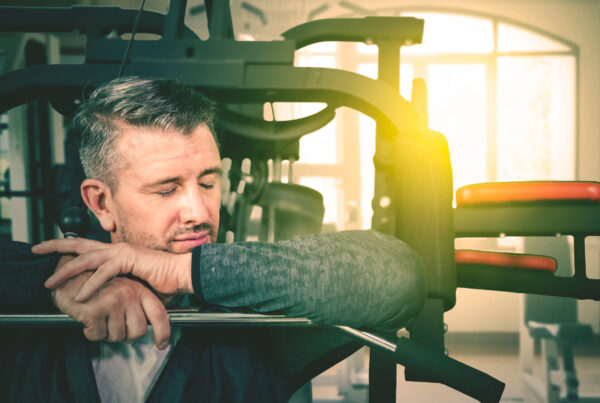”Ohio, would you consider your current exercise routine, "functional"? Being functionally fit can help you accomplish the demands of daily life and improve your overall quality of life. Check out this week's article to learn more!
Reading time: 10 Minutes
MWi Hacks:
- Get a quick daily workout in with exercises you can memorize
- Feel the benefits of exercising without planning a trip to the gym
MWi Summary:
- It is important to perform functional exercises that help us meet the demands of daily life.
- Five functional exercises include:
- Walk-out push-up
- Standard squat
- Jumping jacks
- Hip bridge
- Plank
That’s what Kimberly Watkins, a New York City based fitness expert and CEO of inSHAPE Fitness and inMOTION Exercise on Demand, wants to know.
She says that everyone should have a simple set of functional exercises that they can easily carve out time for every day.
“Even on days when you have other exercise plans, get out of bed and make a bee-line for a spot on the floor where you can spend as little as five minutes—60 seconds per move—to distribute blood flow to muscles, lubricate the joints and boost your metabolism,” she said.
These exercises should also serve to improve the strength needed to function in life.
“For example, being able to endure an elevated heart rate, lowering down to the ground and getting up,” Watkins explained. “Furthermore, to live without pain, relatively speaking, to sleep well and maintain a level of energy one needs to get through the day are all the competencies of a successful functional fitness regimen.”
And when you want to take this simple workout up a notch or two, she suggests increasing the time spent on each move, adding challenging variations, incorporating multiple sets or any combination of the three. You can also try working with resistance equipment to create more of a challenge.
“It easily can become a complete session,” Watkins said. “And on those days when you have hit the snooze button, missed the gym time, but really need the boost, five minutes will lend a hand to get you through the morning.”
Watkins suggests performing the following five exercises as part of your “daily functional five” routine in order to ensure that you get at least some exercise every day, and so that you can stay healthy, happy and fit for life.
1. Walk-Out Push-Up
Watkins says that this move targets multiple muscle groups and incorporates multiple planes of movement, and therefore accelerates the heart rate.
Start standing with your feet about hip-width distance apart. Slowly fold forward at the hips, reaching your hands to the floor. When your hands touch the floor, slowly being to walk them forward until your spine is neutral and you’re in the push-up starting position. Perform a full push-up and then walk your hands back towards your feet and slowly roll your spine up, one vertebrae at a time, to return to the standing position.
Variations: walk-out Spiderman push-up; walk-out T-stabilization push-up; walk-out to burpee (earthworm)
2. Standard Squat
“Squats force the brain to actively participate,” Watkins explained. “To get the foot placement correct; to focus on even weight distribution between the left and right leg; to keep the chest high and back straight; to engage the glutes; to pause at the change of direction in order to prevent momentum from building; and the full elongation of the hips when standing. “ She suggested using a wall to help modify the move if needed.
Variations: squat with forward kicks; sumo squat with lateral leg lift; squat, salute and reach (left arm up and forward as right leg extends backwards and up, then opposite)
3. Jumping Jacks
“Loads of people roll their eyes at the age-old jumping jack,” Watkins said. “However, a dash of plyometrics is so beneficial when it comes to functional fitness. Neuro-transmitters that reside in the feet are rendered so sleepy as a result of shoe-filled, sedentary lives. Light impact is great to wake those crazy critters up. Like the walk-outs, the jacks, when performed with control, also work multiple muscle groups and get the heart rate up.”
Variations: crisscross jacks; power jacks; squat jacks
4. Hip Bridge
Watkins said she likes this move because it will get you on the floor. “A level of happiness for all,” she added. Plus, like with the squat, the brain is actively engaged with this move. “Foot placement, weight distribution and breathing are vital elements,” Watkins said. “Keeping the toes on the floor is another element of this controlled proprioception. If your heels absorb all of your body weight, your lower back absorbs more pressure. When the toes stay down, however, the hamstrings and glutes engage and help elongate the hips as the body changes direction.”
Variations: ballerina bridge (with heels off the floor); Swiss ball hip extension; single-leg hip bridge dips
5. Plank
“We classify almost all upper body work for regular people into one category that we call, PPHC—pushing, pulling, holding and carrying,” Watkins explained. “Yes, various combinations of muscles are utilized, but because we are focused on regular life function, we teach people to think about the stabilization of the rib cage and glute-hip area as the pinnacle force in any activity that involves arm movement. A basic plank flips that switch on the encasement muscles of the vital organs and rib cage and should never be left out.”
https://www.theactivetimes.com/do-these-5-exercises-every-day-stay-fit-life
More about the Expert:
Kim Watkins is the CEO of inSHAPE Fitness and inMOTION Exercise on Demand. Kim and her team focus on functional fitness that positively impacts the quality of one’s life. They work with clients in their homes, companies, via Skype/Google Hangout, and online radio/podcasts. Kim is the voice of inMOTION Workouts. She is certified as a Personal Trainer with the National Academy of Sports Medicine (NASM).
Kim is also a certified distance running coach via the Road Runners Club of America. With certificates in nutritional counseling and pre/post natal fitness from ACE, physiology from Duke University and exercise prescription from Harvard Medical School, Kim works hard to keep a fresh perspective as exercise evolves.






